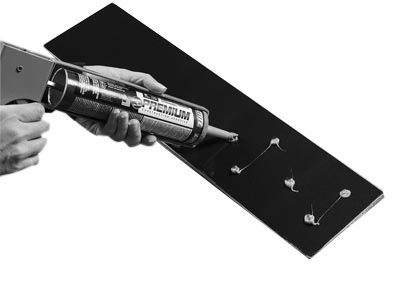Why I should not pierce the cork underlayment when installing
Please remember that cork cannot/should not be pierced by metal (no nails/staples/cleats/screws/etc). Once cork is pierced it does TWO things:

- It loses as much as 50% of it’s acoustic insulation (noise travels through the metal fasteners into the space below)
- It crumbles as it slowly scrapes against the metal fasteners and brakes down over time (cork expands and contracts throughout its life like solid hardwood).

Cork Underlayment Installation
For the two reasons given above, we recommend that cork is used under floating or glue down hardwood only. The other forms of installation are not appropriate with cork underlay.
You can contact an acoustic expert to come in and discuss this concern. We know that metal transmit noise (telephone wires are made of metal). Screws/nails through cork will do the same thing. A nailed in place floor or screwed in place subfloor can have HUNDREDS of metal piercings through the cork. We assume that a certain amount of noise will be transmitted through metal. The loss of acoustic insulation is the least of our concerns. The physical deterioration of the underlay is of the utmost concern.

Every time cork is pierced (by nails/etc) it has a chance of crumbling. If we assume there to be hundreds to thousands of nails piercing the cork underlay, we can assume there to be hundreds to thousands of points of failure (crumbling to a dust underneath the floor). This is our BIGGEST concern.

There are very few acoustic underlayments that are allowed to be pierced. Cork is not one of them. Even the one’s that are allowed to be pierce will have the same noise transfer issues as a cork underlay that has been pierced. The metal will transfer noise from one space to another – just like telephone wires.










